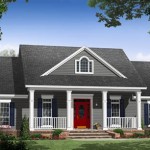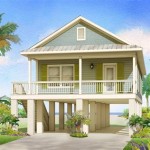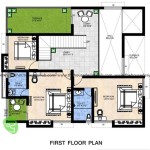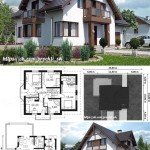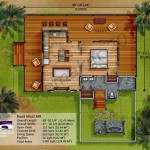Essential Aspects of Small Portable House Plans
Small portable house plans offer a convenient and affordable way to create a comfortable and stylish living space that can be easily transported. Whether you're looking for a tiny home on wheels, a cozy cabin, or a versatile modular home, understanding the essential aspects of these plans is crucial.
Size and Layout
The size of your portable house will depend on your specific needs and the intended use. Consider factors such as the number of occupants, sleeping arrangements, storage requirements, and future expansion possibilities. The layout should optimize space utilization, ensuring efficient movement and a comfortable living experience.
Foundation and Portability
The foundation of your portable house determines its stability and longevity. Consider options such as trailers, skids, or foundation piers. Ensure that the foundation can handle the weight and dimensions of your house and complies with local building codes. The design should also prioritize portability, allowing for easy transportation and relocation.
Materials and Construction
The materials used in the construction of your portable house impact its durability, energy efficiency, and maintenance requirements. Common materials include steel, aluminum, wood, and composite panels. Choose materials that are lightweight, robust, and resistant to weather conditions. Consider insulation factors to ensure a comfortable indoor temperature in all seasons.
Utilities and Mechanical Systems
Small portable houses require careful planning for utilities and mechanical systems. Connect to local utilities such as electricity, water, and sewage, or consider off-grid options like solar panels, rainwater harvesting, and biodigesters. The mechanical systems include heating, cooling, and ventilation components that ensure a comfortable living environment.
Windows and Lighting
Windows and lighting play a crucial role in creating a bright and inviting interior space. Consider the size, placement, and type of windows to maximize natural light and views. The lighting design should provide adequate illumination for various activities, while complementing the overall design aesthetic.
Sustainability and Energy Efficiency
Sustainability is a key consideration in modern portable house design. Implement energy-efficient measures such as insulation, double-glazed windows, and LED lighting to reduce energy consumption. Consider passive design principles that harness natural resources for heating and cooling, such as solar orientation and cross-ventilation.
Customization and Flexibility
Small portable house plans allow for a high level of customization to suit individual preferences. Choose from a variety of floor plans, exterior finishes, and interior designs. The modular nature of portable houses enables future expansions or modifications as your needs evolve.
Conclusion
Creating a small portable house plan involves meticulous attention to essential aspects such as size, foundation, materials, utilities, windows, sustainability, and customization. By carefully considering these factors, you can design a comfortable, stylish, and versatile living space that meets your specific needs and enhances your lifestyle.

Transition To Sustainable Living Permaculture Forum At Permies Small House Portable Tiny On Wheels

27 Adorable Free Tiny House Floor Plans Craft Mart

Tiny House Floor Plans Absolute Houses

Pin On Floor Plans

Tiny House Floor Plans Absolute Houses

Tiny House Plans The Project

Pin On Floor Plans

The Pre Trailer Floor Plan Tiny House Plans
:max_bytes(150000):strip_icc()/ana-tiny-house-58f8eb933df78ca1597b7980.jpg?strip=all)
4 Free Diy Plans For Building A Tiny House

Tiny House Floor Plans Absolute Houses

